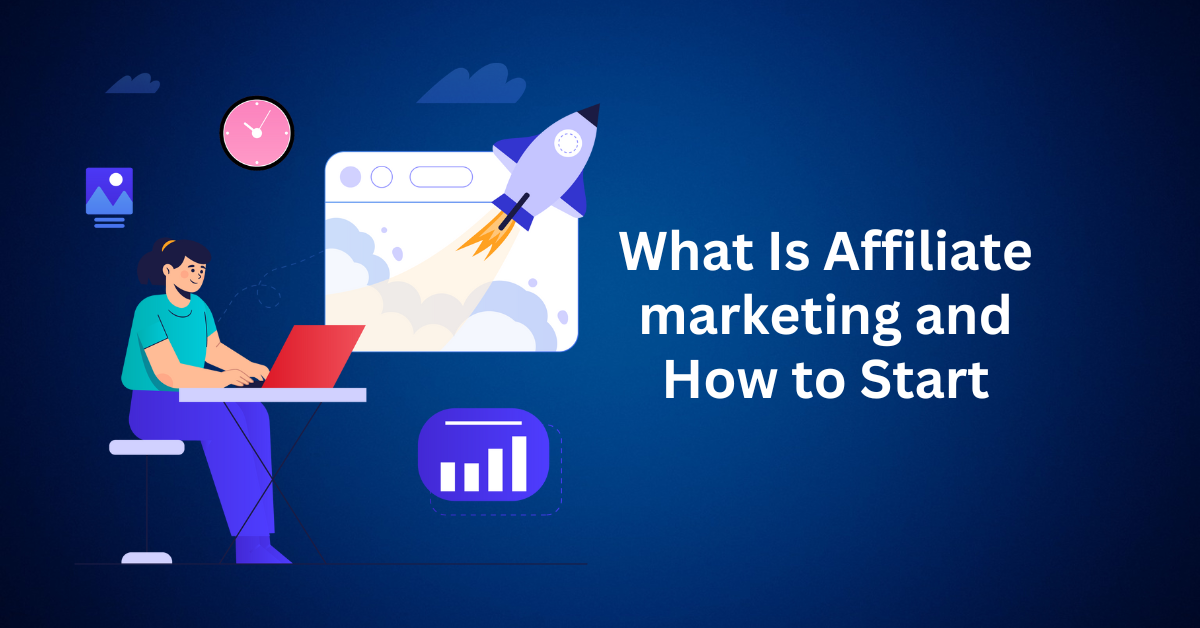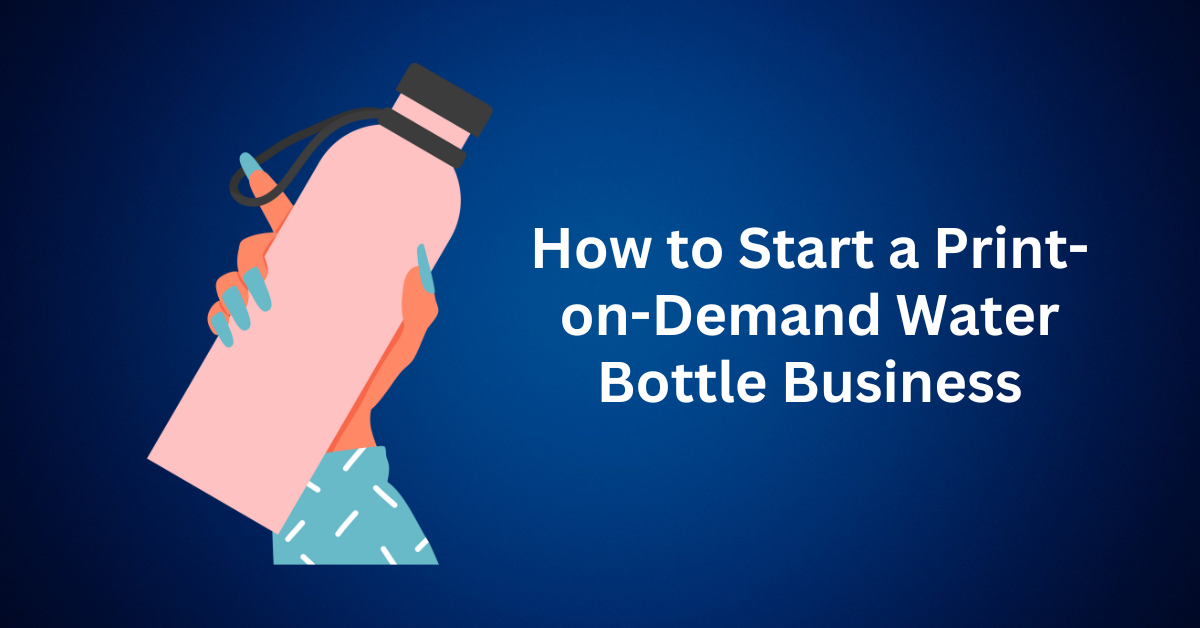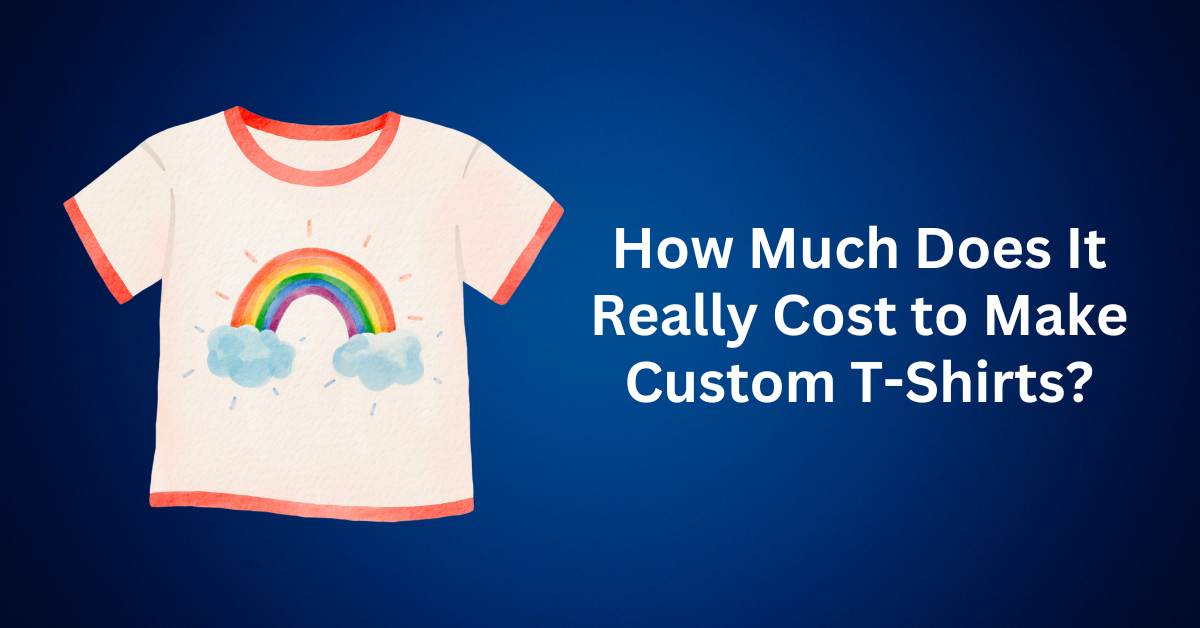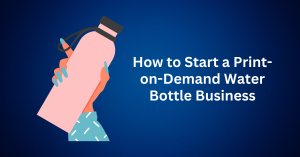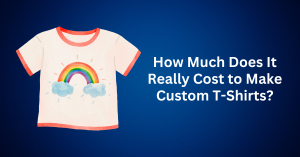Affiliate marketing is a profit-sharing business model that business owners use to sell their products. An affiliate can apply to be an affiliate marketer and promote the product to their audiences and get paid commissions when someone makes a purchase under their link.
The purchase is tracked using a cookie that is included in the affiliate link and will be stored on the user’s device for a fixed period of time. If the buyer purchases within the timeframe, then the affiliate will be credited for the sales and get paid the commissions. For example, Amazon cookies will stay for 24 hours, and all purchases within 24 hours will be credited to you even if you don’t promote them.
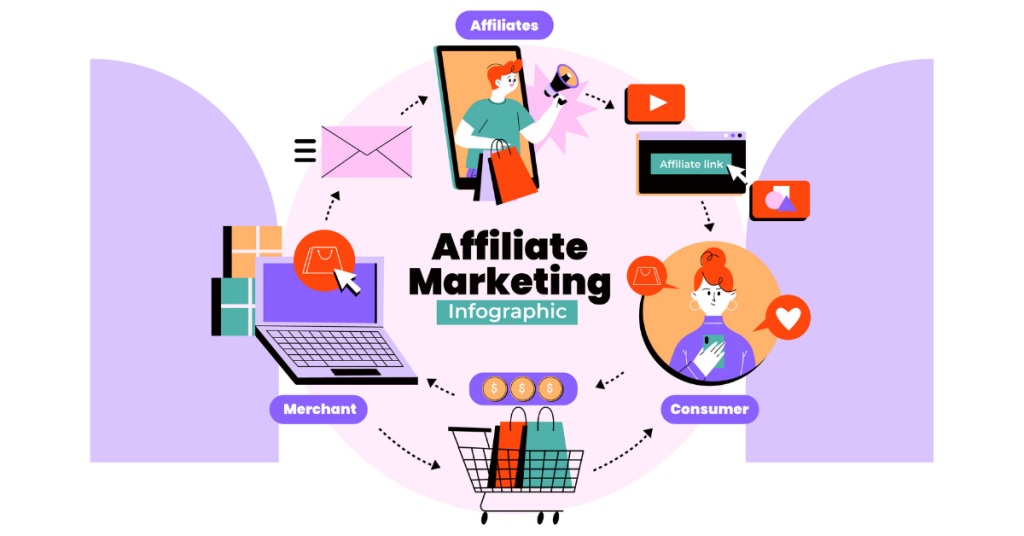
Table of Contents
ToggleHow to start an affiliate marketing business
Step #1: Choose Your niche
Let’s be honest: if you’re starting a blog today, you’re facing a ton of competition. To break through, you need to niche down. To be very specific in a certain niche and be the authority in it.
Choose a topic that focuses on a specific category. For example, the topic of “health” is an enormous category. Rather than tackling that, try something more specific, like diet and the keto diet. Keeping your topics tight can help you build a more focused audience and potentially help in your SEO ranking.
Now, if you’re going to be the main content creator, choose something you’re interested in. Many affiliate sites die due to a lack of consistency. So at the very least, if you’re passionate about a topic, you’ll find it much easier to press on when the going gets tough. You’ll need to have a new post at least every 2 days. If you’re not passionate about the topics, it is very hard to post consistently.
If you’re outsourcing the content, then it’s better to work with seasoned experts in the niche. Experts can help you create high-quality, trustworthy work, which can lead to more traffic, engaged visitors, and more affiliate sales.
Step #2: Find an Affiliate Program to Join
I always look at 3 things when choosing an affiliate product.
- How is the product owner? Does the product owner commit to the affiliate program and provide resources for it? Not that I want their resources for launching my affiliate program, but to judge that the owner is serious and knows how to convert more customers in their sales process.
- Low ticket products or lead magnet products to guide my new audience down the sales process. This is also one way to lower the entry barrier for the high-ticket products. Getting someone to directly purchase a $1000 product might not be that easy, especially if they just know you. But to go from a series of Yes, starting from $47, then $97, and then $497, and then $997 is easier when you give more value to them and build trust.
- Recurring payment. This is the most important for passive income. And hence, I focus more on subscription-based products. A software platform is a good start. As you have a good tool, business owners will keep using that as long as it makes them money. And for you as an affiliate, when they pay, you get paid as well.
Step #3: Decide on a Platform
Be it social media, YouTube, or other platforms, always focus on one platform and master it before moving to other platforms. One of the common mistakes beginners make is constantly jumping around between platforms and ending up unable to dominate. In fact, you should always dominate one platform and scale to others.
Step #4: Create Great Content
Your honest review and unique, great content are the key to success in affiliate marketing. One big mistake people make is that they promote the product without even seeing the product before. If you had never used it before, how could you share your personal opinion on the product? You’re just sharing what others are saying, without your personal suggestions.
Step #5: Create your unique offers for the affiliate marketing program
One secret most top affiliate marketers have is to provide extra value in terms of bundle offers with the affiliate product/service. This gives extra reason for the potential buyers to buy from you to claim you’re great offer.
It can be a free cheat sheet, ebook, tutorial, training, or recording of a past event. Something that can provide instant value for your audience, and they can’t resist. It shall be something actionable where it can benefit them instantly and get results. What you don’t want to do is to offer them a 200-page ebook. Most people won’t be patient enough to read the entire book. Instead, a summarized cheat sheet will work better.
Step #6: Drive traffic to your affiliate marketing site
Now your online storefront is ready with your “brochures” and “product display” already. We want to let people know that we’re starting a business and invite them into our shop. Just like a physical store, if you’re in a prime location where everyone walks past your shop. Your traffic is high, but you need something to direct them to your shop. But if your shop is not in a prime location, you will need to promote your business on billboards, newspapers, newsletters, and so on to bring in more customers. For an online business, we call this organic traffic and paid traffic.
Paid Traffic
Paid traffic is straightforward: you create an ad campaign, select your target audience, set your budget, and put up your ad creative. As long as you start paying, the ad platform will send traffic to your ad. But bear in mind, you need to know your figures well when running pay ads. You want a profitable campaign, but do not end up paying all your profits to the ad platforms. The goal will be for every $1 that you put into your ads, you will be getting back 1.x times the profit. This is how you can keep your ads running and your business growing.
Organic Traffic
Organic traffic has multiple ways. Remember me talking about the prime location for the store, the same goes for online. Imagine this: if your site is ranking no.1 on Google or YouTube, what do you think the amount of free traffic you’ll be getting? Ten thousand free traffic per month. But then, if you’re trying to rank for general keywords, the chances of getting ranked on the first page are almost zero when you’re fighting with the big brands. That’s why we rank for long-tail keywords.
Long-tail keywords mean that instead of ranking on the exact keywords, we rank for something less competitive but with a huge search volume. For example, to rank for the keyword “affiliate marketing” vs. “How to start affiliate marketing”, which is easier to rank? Which is having less competition. Of course, the second one. This is where you can get creative and really research your keywords. If you’re targeting the local market, you can always add keywords like “for XXX city” so when people search for local businesses, your site will be ranked top.
Another way of organic traffic would be building authority on YouTube or social media. You post your content there and insert your affiliate link into the description. When people click on the description, they will see your link and then click on it.

Step #7: Where To Post Your Affiliate Links
Normally, I don’t post my link directly or spam it around, as that does not work. What you need to do is to give value first, before selling. People need to know you and trust you to buy from you. If they don’t like you, no matter how good your product is, they won’t buy from you. So, where to put your link on your page?
Having the affiliate links at the top of your page will help with the click-through rate, as it is the most seen part of your content. If you have all the links at the bottom of the page, chances are people will never see your links. Not to say click on it. Also, you want the link to be shown naturally as part of your content. During your content, having a certain link throughout the page when you talk about the product does help too.
The last one is the CTA button. You need to have a call to action on your page so people know what they need to know. Just click the button to get the bonuses or the best products in the universe.
Step #8: Create your landing page
A landing page works very well to collect leads and warm the audience up. They might not know who you are and what you’re selling as they enter your page from your ads. You want to tell them what they can expect to get in return for leaving their contacts here. Also, to brief them about your unique offers as well as the actual products. This works very well in building your list, increasing conversion rate, and follow-up. For this, we use a funnel called a lead funnel to direct the new audiences to our sales process and convert them.
Step #9: Follow up
Now you have their contact details, which are the most valuable assets in your online business. Someone might not be buying from you the first time they see your offer. They might go out to rush for something else. Or they might still be indecisive. Now, we can set an email sequence to build relationships with them and try to convert them to leads.
For this, I always use GetResponse for all my email marketing campaigns. Why? It is easy to use and highly visualizable with the process flow. You can drag and drop to change the process flow and know how many people are in which stage. I had tried a few different email marketing platforms but ended up using GetResponse for its ease of use.
Final Thoughts – Affiliate Marketing Success
No matter what your goal is in affiliate marketing. Be very sure about one thing. You need to have the right skill and work put into it to see real success. There is no overnight success unless you buy your way in or have a huge following.

